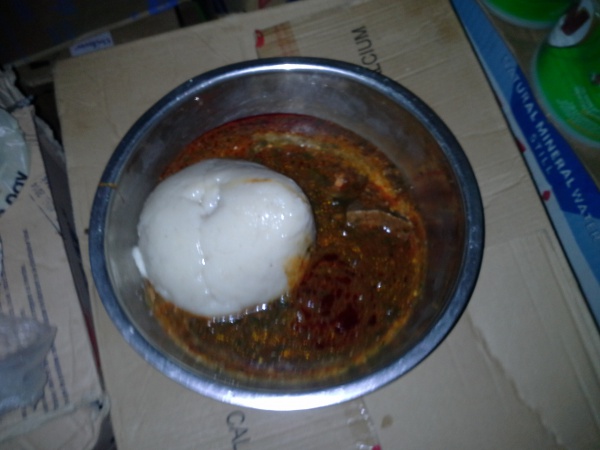Facts About Tuo Zaafi
Ugali, also known by various names such as pap, nsima, and nshima, is a cherished maize flour porridge that serves as a dietary staple in many African countries. While maize flour is the most common ingredient, it can also be prepared using millet or sorghum flour, and occasionally mixed with cassava flour. The preparation process is straightforward: you cook the flour in boiling water or milk until it thickens to a dough-like consistency. The term "ugali" is derived from Swahili, whereas in Malawi, it is referred to as "nsima."
Maize was introduced to Africa from the Americas during the 16th and 17th centuries and quickly became a fundamental part of the diet. In countries like Malawi and Zambia, nsima is a daily dish made from maize flour and water, typically enjoyed with protein and vegetable accompaniments.
In Ghana, a similar dish called "sagtulga" or "diehuo" is often paired with soupy accompaniments. In Kenya, you'll find "obusuma" a staple starch served with a variety of sides. South Africans enjoy "pap" a traditional maize porridge, with different accompaniments. In Zimbabwe, "sadza" is the go-to maize meal dish, served with various condiments and considered a staple food.
If ugali sounds familiar, it's because there are similar dishes around the world. Italy has "polenta" while the southern United States enjoys "grits." In West and Central Africa, "fufu" can also be made from maize meal. In the Caribbean, you'll find dishes like "cou-cou" "funchi" and "funjie" that bear a resemblance to ugali. Other comparable African dishes include "banku" "isidudu" "uphuthu" "umpokoqo" and "umngqusho."

 Burkina Faso
Burkina Faso